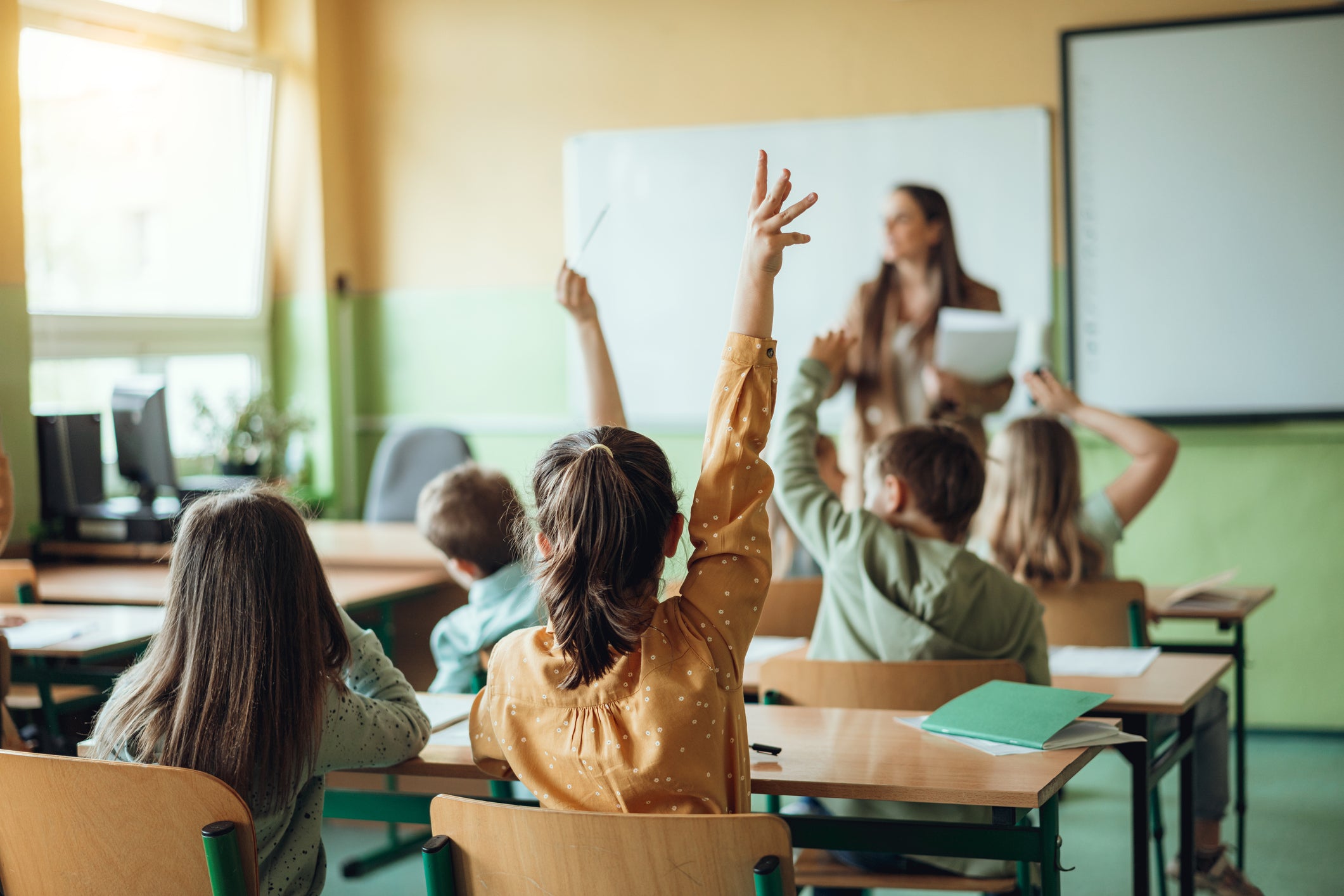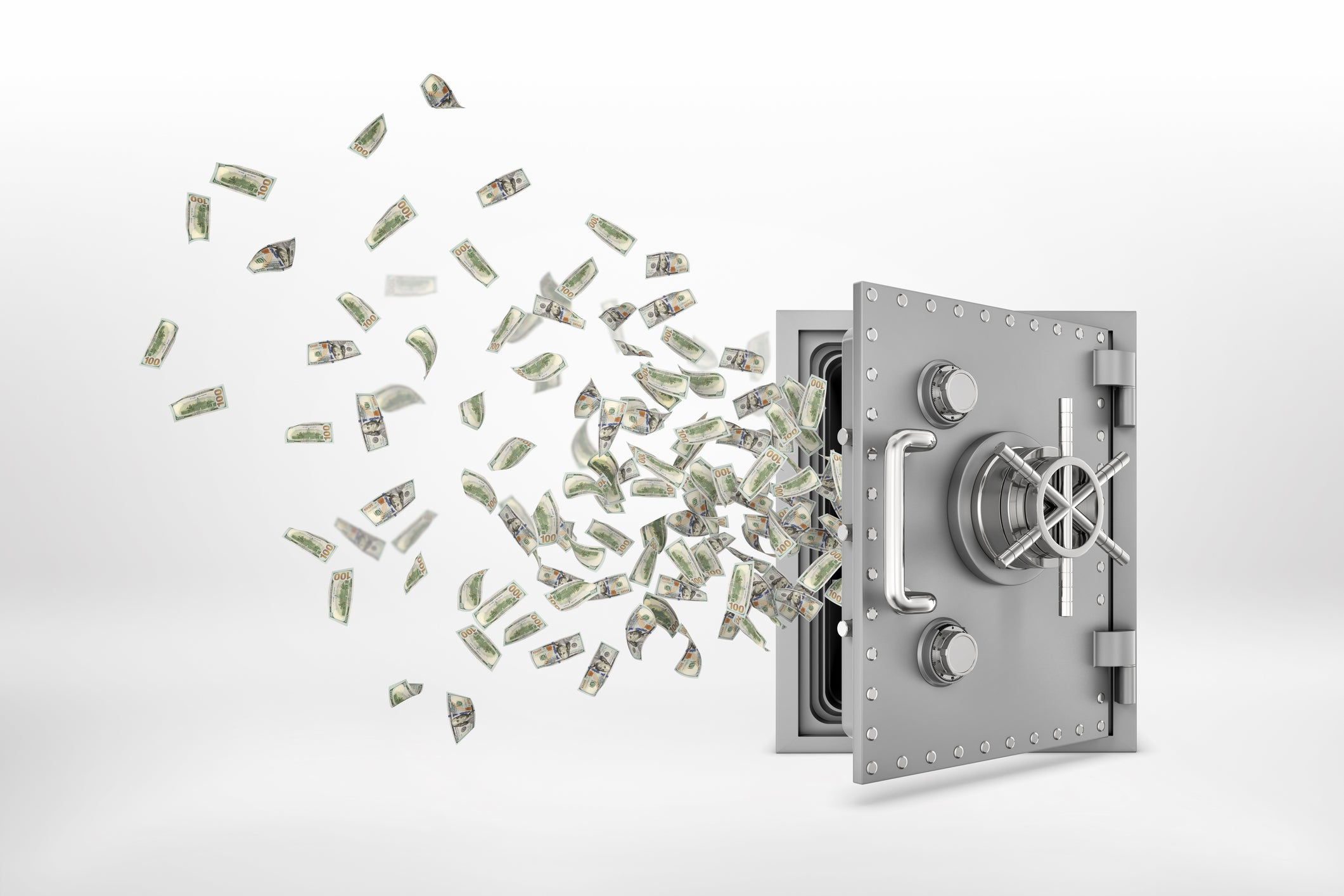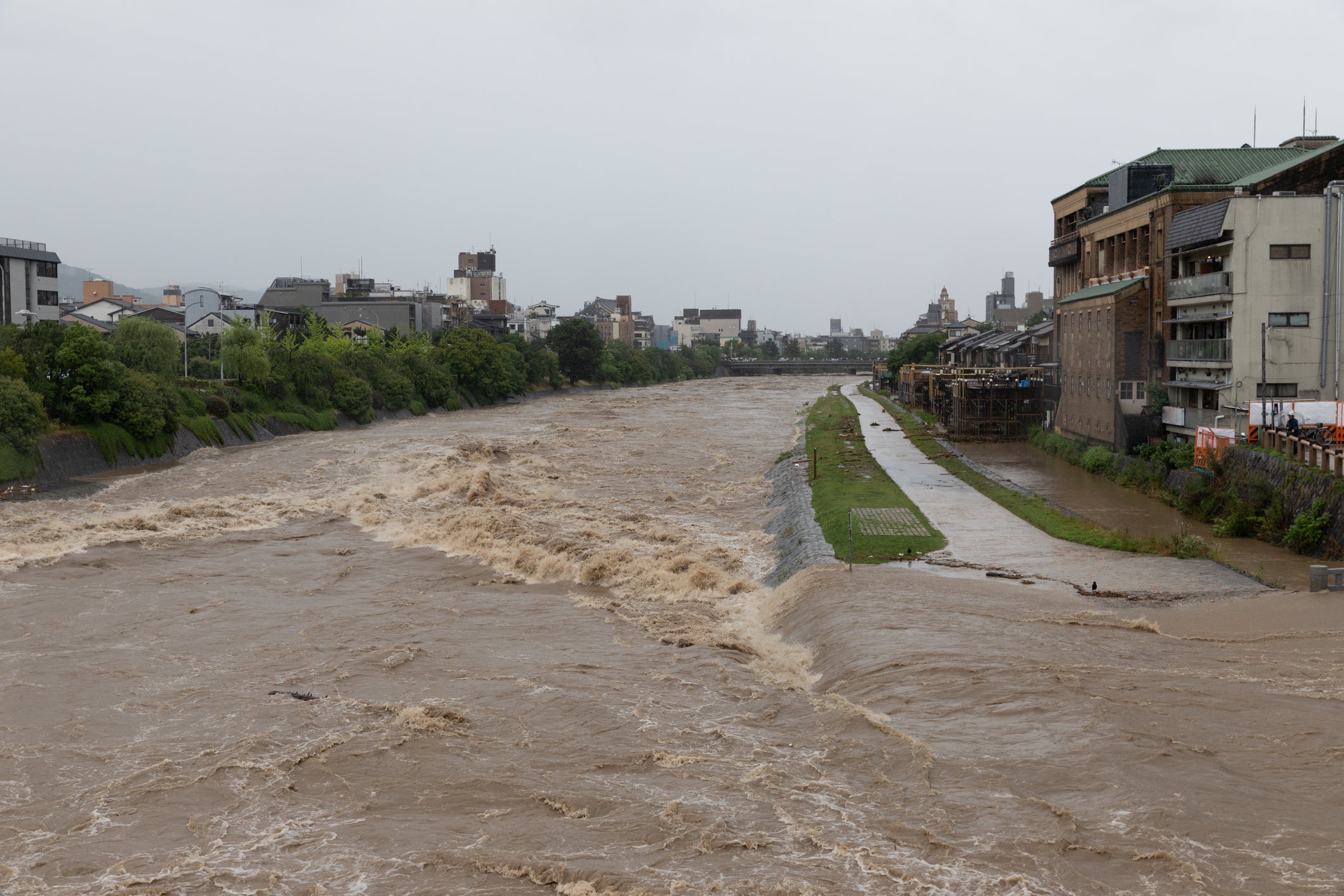How to deal with power outages on the go: part1
table of contents
Introduction1. Keep calm
1-1 Deep breathing and relaxation method
1-2 Accept reality
1-3 Set priorities
1-4 Appropriate information gathering
1-5 Utilize the mental support system
1-6 Looking back on past experiences
1-7 Practice and training
2. Check the safety of your surroundings
2-1 Ensure your own safety
2-2 Confirm the safety of people around you
2-3 Evaluate environmental hazards
2-4 Contact emergency services
2-5 Find an evacuation site
2-6 Collect information about the surroundings
2-7 Cooperate with people around you
3-1 Check flashlights and lights
3-2 Check the battery and charger
3-3 Confirming lighting installation and operation methods
3-4 Utilizing power saving mode
3-5 Effective use of lighting
3-6 Limit the range of lighting
3-7 Prepare spare lighting
4-1 Establish communication
4-2 Offer help
4-3 Demonstrate leadership
4-4 Share resources
4-5 Act as a group
5. Ensure proper communication
5-1 Ensure a means of communication with the outside in the event of a power outage
5.2 Preparation of emergency communication means
5.3 Use of public telephones and nearby facilities
5.4 Cooperation with Neighbors
5.5 Setting up emergency contacts
5.6 Utilization of SNS and Internet
Introduction
A power outage on the go is an unexpected situation and it's important to know what to do. In the event of a power outage, staying calm and keeping yourself and others safe is your top priority. In this article, we will explain in detail how to deal with a power outage when you are away from home.
1 - keep calm
When a power outage occurs, the first thing to do is to stay calm. Panicking can make it difficult to judge a situation correctly and can put your safety and that of others at risk. First, take a deep breath and regain your composure.
Concrete method
1-1 Take a deep breath
Deep breathing has the effect of adjusting the autonomic nervous system and reducing stress. Take slow, deep breaths and focus on calming down. You can also use techniques that make you feel calm, such as relaxation techniques and meditation.
1-2 Accept reality
No matter how grim the situation is, it's important to accept reality. In order to remain calm, it is necessary to correctly grasp factual information and judge reality objectively.
1-3 Set priorities
Many challenges arise during a disaster, so it is important to set priorities. Prioritize the safety of your life and body, and then decide the necessary actions. You can keep calm by proceeding step by step without rushing.
1-4 Appropriate information gathering
Obtaining accurate information is essential for responding calmly. Gather information from credible media and public sources and make informed decisions. Be careful not to be misled by rumors and rumors.
1-5 Rely on someone you trust
In times of disaster, it is important to connect with people you trust, such as family, friends, and local support groups. You can keep your composure by receiving emotional support through discussion and information sharing.1-6 Looking back on past experiences
It is also useful to look back on past disasters and difficult situations and remember the lessons learned from them. Remembering what you've been through and feeling confident can help you stay calm.
1-7 Practice and training
It is important to prepare in advance what to do in the event of a disaster through training and simulations in daily life. By acquiring skills to respond to actual situations, such as disaster drills and learning first aid, you will be able to respond calmly.
2. Check the safety of your surroundings
Check the safety around the area where the power outage occurred. Injured persons or dangerous situations must be moved to a safe location immediately. For example, if you sense a danger such as a fire or gas leak, evacuate immediately and contact emergency services.
Concrete method
2-1 Ensure your own safety
Consider your own safety first. If you are inside a building, immediately move to a safe location. If you are outside the building, stay away from the building and protect yourself from the hazards around you.
2-2 Confirm the safety of people around you
Once you have secured your own safety, check the safety of those around you. Check to see if people nearby are safe, and if there are people in need, help them where possible.
2-3 Evaluate environmental hazards
Dangerous elements may be present where a disaster has occurred. Look out for collapsing buildings, fallen trees, debris, power outages and gas leaks. Properly assess the dangerous situation around you and move to a safe place if evacuation is necessary.
2-4 Contact emergency services
In the event of an emergency, contact your local emergency services (police, fire, ambulance) immediately. Communicate the exact location and situation, and request necessary assistance.
2-5 Find an evacuation site
If the disaster continues or your surroundings become dangerous, find an evacuation site. Search for safe places around you, such as public facilities, evacuation shelters, high ground, and safe buildings, and move there.
2-6 Collect information about the surroundings
Gathering information about your surroundings is also important. Use radio and mobile phone information sources to check the disaster situation and instructions such as evacuation advisories. Follow directions from public broadcasters and local authorities.
2-7 Cooperate with people around you
In the event of a disaster, it is important to act in cooperation with the people around you. Ask for help, share information, support each other and stay safe.
3. Use a flashlight or light
During a power outage, it is important to use lighting equipment such as flashlights and lights to illuminate the darkness. You can also use the flashlight function of your smartphone. This will help you keep track of your surroundings and help you navigate.
3-1 Check flashlights and lights
If you have a flashlight or light with you ahead of time, take it out and check. If you don't have one with you, ask someone around you to share it with you, or ask if you can get one at a nearby store or facility.
3-2 Check the battery and charger
Flashlights and lights require batteries and chargers, so check your source. It is desirable to prepare enough spare batteries in advance or to carry a charger or mobile battery.
3-3 Confirming lighting installation and operation methods
Know how to properly set up and operate the lighting part of your flashlight or light. It is important to turn on the lights quickly because there are many cases where emergency is required in the event of a disaster. If the operation is complicated, it is recommended to practice in advance.
3-4 Utilizing power saving mode
In the event of a disaster, power supply may be restricted. Use power saving modes on flashlights and lights to save battery. Extend the power duration by, for example, turning off unnecessary functions.
3-5 Effective use of lighting
Use lighting effectively to illuminate your surroundings. If you need to illuminate a narrow area, narrow the beam. Also, if you need to illuminate a wide area, take advantage of the Wide Area Lighting Mode.
3-6 Limit the range of lighting
When using lighting, it is important to irradiate the necessary area intensively. If you have limited people or lighting supplies, try to limit the range and share your lights with others.
3-7 Prepare spare lighting
It is recommended that you prepare a spare flashlight or light, as batteries may run out or run out in a long-term power outage or in an emergency. Having extra lighting can help you avoid the difficulties caused by lack of lighting.
4. Collaborate with Others
During a power outage on the go, it's important to cooperate with the people around you. Leverage shared resources and support each other. Help is especially important for the elderly and people with physical limitations.
4-1 Establish communication
Establish communication with people nearby. Ask for updates, ask for help, and share information. If you have access to radio equipment or mobile phones, it is also effective to use them to communicate.
4-2 Offer help
If other people are facing a difficult situation, offer any help you can. We provide first aid to the injured and support the weak. Let's do what we can to help ensure the safety of the community.
4-3 Demonstrate leadership
In some situations, you may need to act as a leader for other people. You can form a supportive team by making cool decisions and pulling others together. Effective cooperation can be achieved by giving instructions, sharing the situation and encouraging cooperation.
4-4 Share resources
In times of disaster, it is necessary to make effective use of limited resources. Appropriately share necessities such as food, water, clothing, and medical supplies. By looking beyond ourselves to the needs of others and sharing them, we can improve the lives of all.
4-5 Act as a group
In times of disaster, it is important to cooperate with others and act as a group. Efficient and effective responses are possible by taking cooperative actions such as evacuating to a safe place, securing supplies, and sharing information. Let's help each other and work together to overcome difficulties.
4-6 Contacting experts and rescue teams
If the situation is serious and difficult to deal with, contact local experts and rescue teams. By reaching out to organizations with expertise and resources, such as police departments, fire departments, emergency services, and municipal disaster response personnel, you can help on a larger scale.
5. Ensure proper communication
In the event of a power outage, it is necessary to secure a means of communication with the outside. Use non-electric means of communication such as mobile phones and radios. Also consider finding a place to recharge your phone if it's running out of battery.
5‐1 Mobile battery
Check your phone's battery level before going out to make sure it's fully charged.By carrying a spare mobile battery while you are out, you can reduce the risk of running out of battery.
5-2 Prepare emergency contact means
Emergency contact means other than smartphones and mobile phones will also be provided.
By carrying spare flashlights, lights, radios, and other items that are powered by batteries or cranks, you can gather information and use them as a means of communication in an emergency.
5-3 Using public telephones and nearby facilities
You can search for public telephones that are in operation even during a power outage and use them as a means of communication in an emergency.If there are commercial facilities or public facilities nearby, check if there is a phone there and consider using it.
5-4 Cooperation with Neighbors
Work with your neighbors to share information and ensure contact.
By collaborating with neighbors and sharing necessary information and contact items, information can be communicated smoothly.
5-5 Setting emergency contacts
Set emergency contacts such as family and friends in advance.
In the event of an emergency, it is important to use landlines, public phones, and the cooperation of neighbors to contact the set contacts.5-6 Utilization of SNS and Internet
Even if a power outage occurs, you may still be able to use your mobile phone's data communication function and Wi-Fi .Through SNS and the Internet, you can confirm safety and collect and share information.
To Part 2








